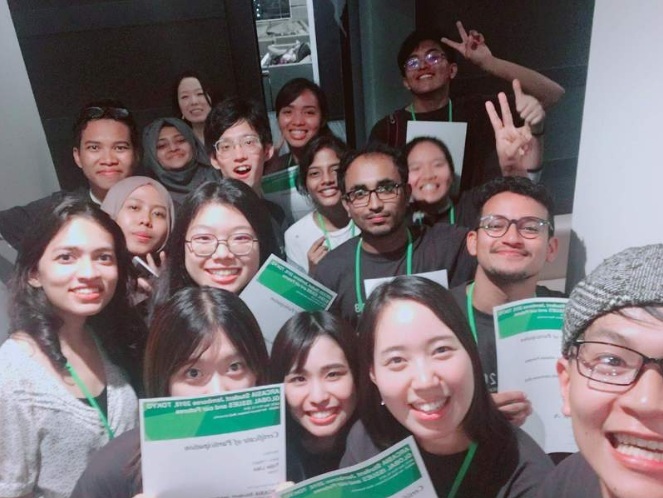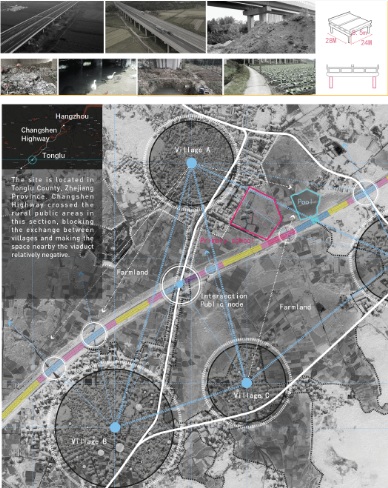ZJU students win Silver Prize in ARCASIA student competition 2018
Oct 03, 2018|hufei |Source: College of Civil Engineering and Architecture
On Sept.10,2018, HU Xiaonan, TANG Yutian and CHU Yuxin from College ofCivil Engineering and Architecture won the silver award in theARCASIA(Architects Regional Council Asia) Student Competition 2018. Entitled“Mega-Structure”, their work shone out amongst more than 40 entries from over20 Asian nations.

“We were verylucky to win the prize. In the process of preparing for the contest, we didexperience many detours. At the beginning, we had a lot of fantastic ideas. Itwas after many discussions with Prof. CHEN Xiang that we finally positioned theplan on the solid theme of ‘blend overpass into the country’. Our work may notbe a very avant-garde and highly technical design, but it is a practical andintimate design that can impress the judges and well satisfied the requirementsof ‘sensitivity to find problems and the sharpness of solutions’. The key forus to win the prize is that we deliver our idea in a clear and appealingmanner. Here I would like to thank Prof. CHEN, and the platform provided by ZJUfor us again,” said CHU Yuxin.
Organized bythe Architects Regional Council Asia, the ARCASIA Student Competition isan international competition which pits outstanding young architects fromvarious Asian nations against each other. It also provides participants aplatform for intellectual exchange and collaboration, with a focus on urbanissues of the future. The theme of ASC2018 is Local Issues and the Solutions.
The winnersare selected after two gruelling rounds. In the first round, two works areselected to represent each participating nation. These works are then assessedin the final round by a panel of international judges.

The ZJU teamfocused their attention on the viaducts running through a village. The projecthighlights how a well-planned and well-utilized viaduct can result in positiveurban-rural expansion and the formation of new rural architecturepatterns.
Students wereinspired by the Changshen Highway, an indispensable artery operating from thenorth to the south of Zhejiang Province, that facilitates urban development.This resulted in the vision of “Mega-Structure Blend-In-Countryside”.Influenced by their belief that high-speed overpasses can co-exist in harmonywith the countryside landscape, the students integrated agricultural and publicactivities in the space under the viaduct. With much of the sunlight blockedout by the overhead viaduct, the space was observed to be well suited foractivities of low-lighting demand.

The students' entry also promoted circular agriculture. This was achievedby combining the livestock and crops such as rice, alfalfa and mushroom toadjacent biogas digesters. Rainwater from the overpass was used for irrigation.Sports courts were also included in the design to supplement recreationalvenues for nearby schools. Public event spaces and villagers' centres were alsoplanned at road nodes. This allowed for cultural exchange and recreation forvillagers, further assimilating the overpass into the rural landscape.







